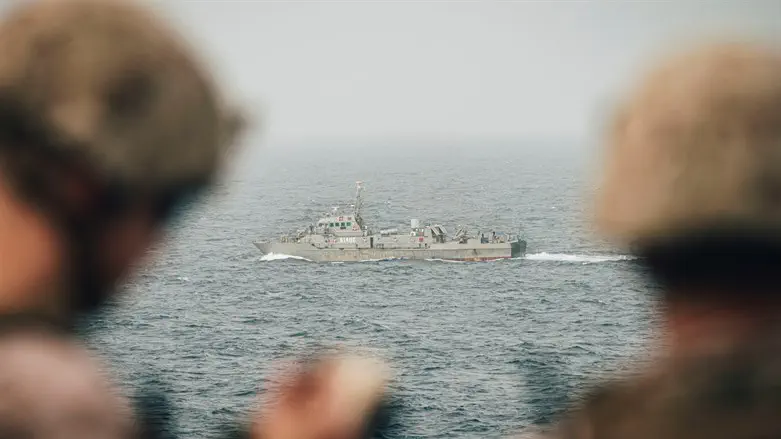
The US military is considering putting armed personnel on commercial ships traveling through the Strait of Hormuz, in what would be an unheard of action aimed at stopping Iran from seizing and harassing civilian vessels, American officials told The Associated Press on Thursday.
While officials offered few details of the plan, it comes as thousands of Marines and sailors on both the amphibious assault ship USS Bataan and the USS Carter Hall, a landing ship, are on their way to the Persian Gulf. Those Marines and sailors could provide the backbone for any armed guard mission in the strait, through which 20% of the world’s crude oil passes, noted AP.
Five US officials, who spoke on condition of anonymity to discuss the proposal, acknowledged its broad details. The officials stressed no final decision had been made and that discussions continue between US military officials and America’s Gulf Arab allies in the region.
Officials said the Marines and Navy sailors would provide the security only at the request of the ships involved.
At the Pentagon, Brig. Gen Pat Ryder was asked about the plans and would only say that he has no announcements to make on the matter. More broadly, however, he noted that additional ships, aircraft and Marines have been deployed to the Gulf region, making it easier to respond more quickly to any Iranian provocations.
White House National Security Council spokesman John Kirby, speaking to reporters, underscored the importance of the strait and US concerns about Iranian harassment of vessels there.
“The Strait of Hormuz is a vital seaway that has a huge impact on seaborne trade around the world,” Kirby said. “It’s a critical choke point in the maritime world. And we have seen threats by Iran to affect that choke point.”
The US recently announced it would be beefing up its use of fighter jets around the strategic Strait of Hormuz to protect ships from Iranian seizures.
Later, the Pentagon said that the United States will send additional F-35 and F-16 fighter jets, along with a warship to the Middle East.
The US decided to beef up its presence in the region comes after Iran tried to seize two oil tankers near the strait last week, opening fire on one of them.
Officials have said that, in the past two years, Iran has harassed, attacked or interfered with the navigational rights of 15 internationally flagged commercial vessels.
In late April, Iran seized the Marshall Islands-flagged Advantage Sweet as it traveled in the Gulf of Oman. Six days later, it seized a second ship, the Niovi, a Panama-flagged tanker as it left a dry dock in Dubai.
The US deployment has captured Iran’s attention. On Wednesday, Iran’s paramilitary Revolutionary Guard launched a surprise military drill on disputed islands in the Persian Gulf, with swarms of small fast boats, paratroopers and missile units taking part.
The Strait of Hormuz, a crucial waterway for global energy supplies, has often been a site of tense encounters between Americans and Iranian forces.
In early December, an Iranian patrol boat tried to temporarily blind US Navy ships in the Strait of Hormuz by shining a spotlight toward the vessels and crossing within 150 yards of them.
Last August, an Iranian ship seized an American military unmanned research vessel in the Gulf but released it after a US Navy patrol boat and helicopter were deployed to the location.
